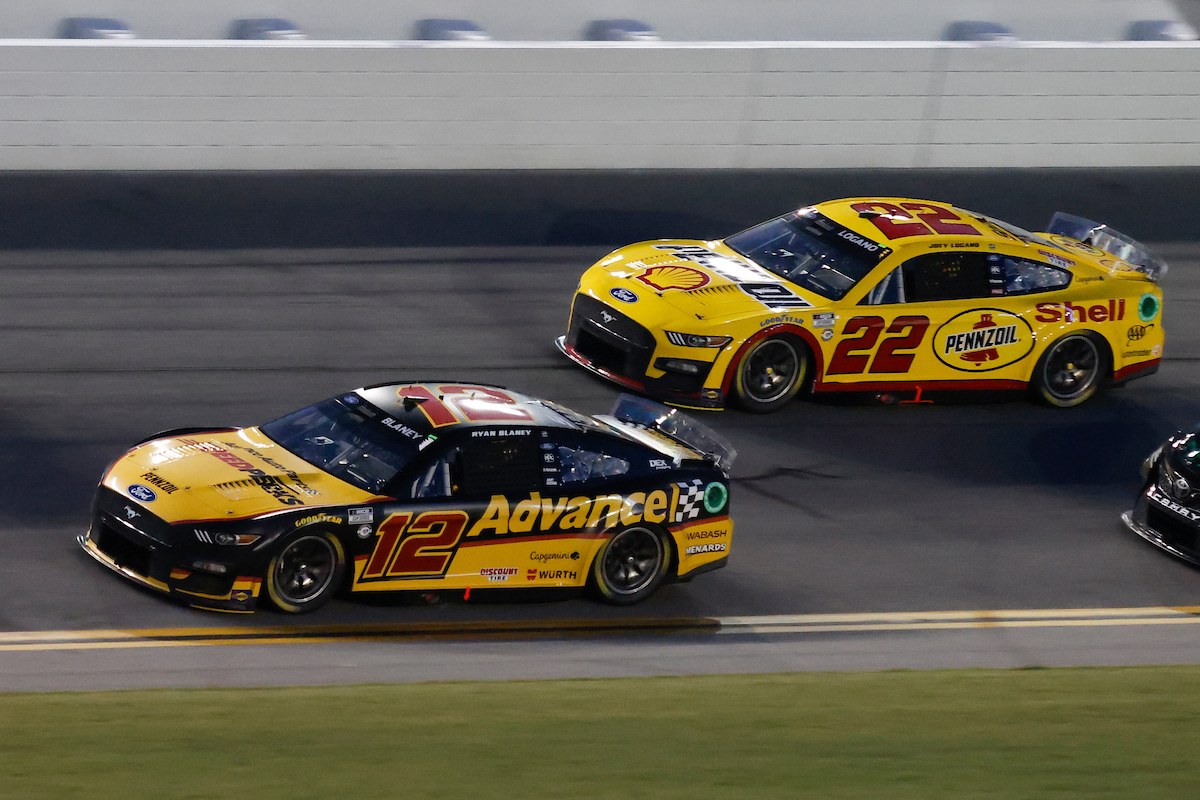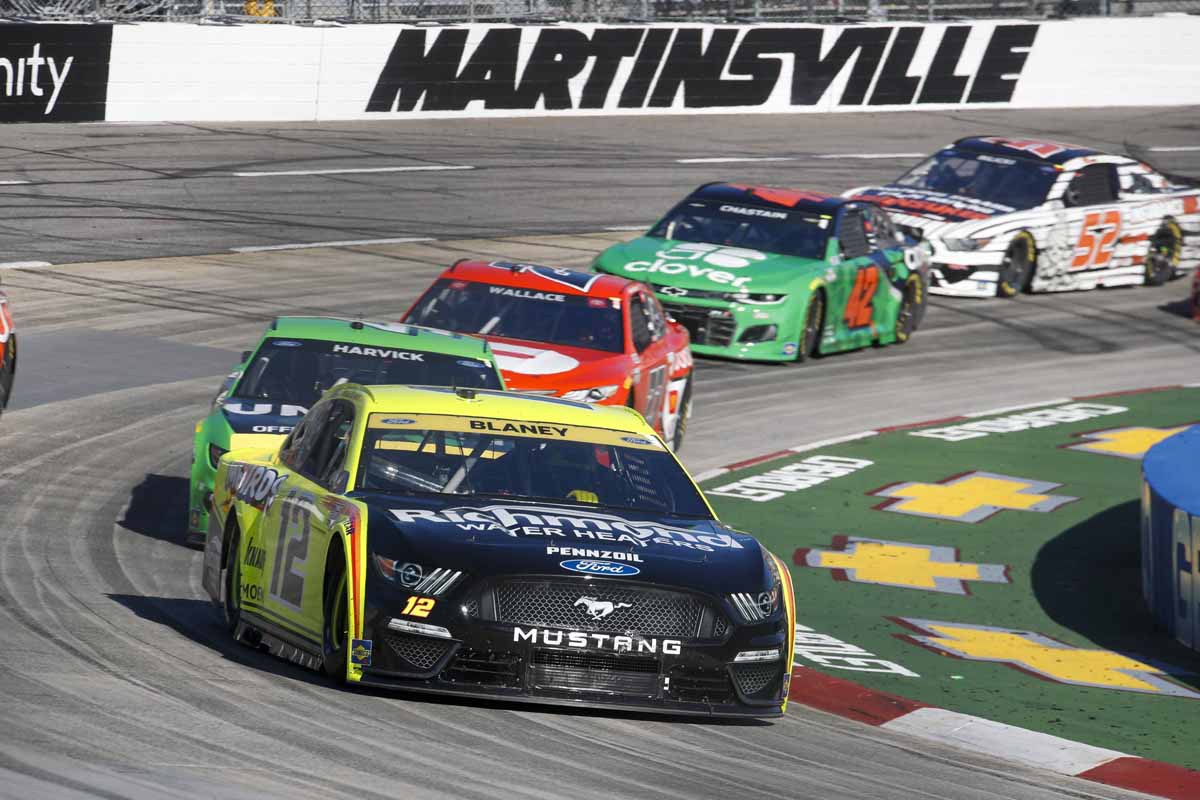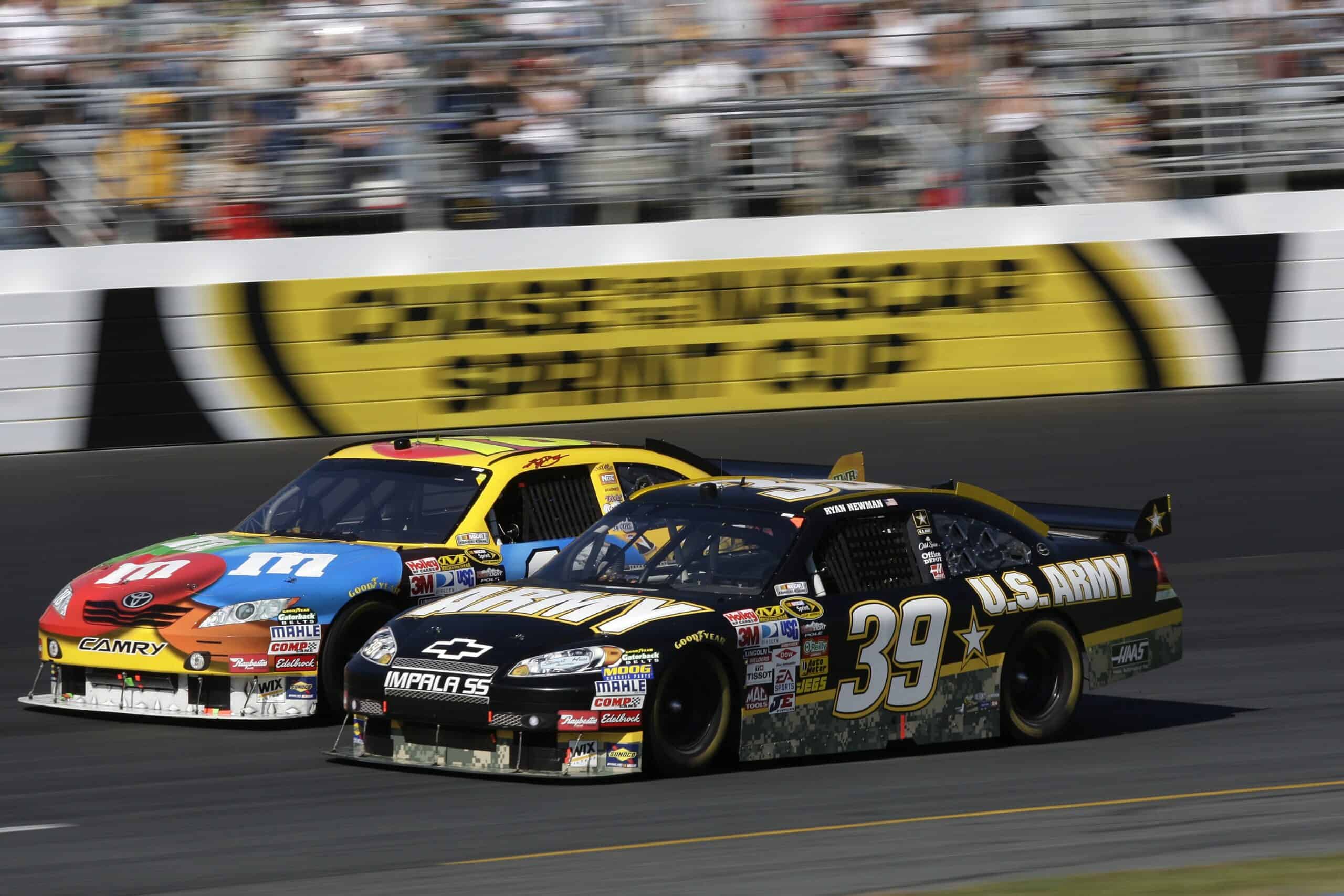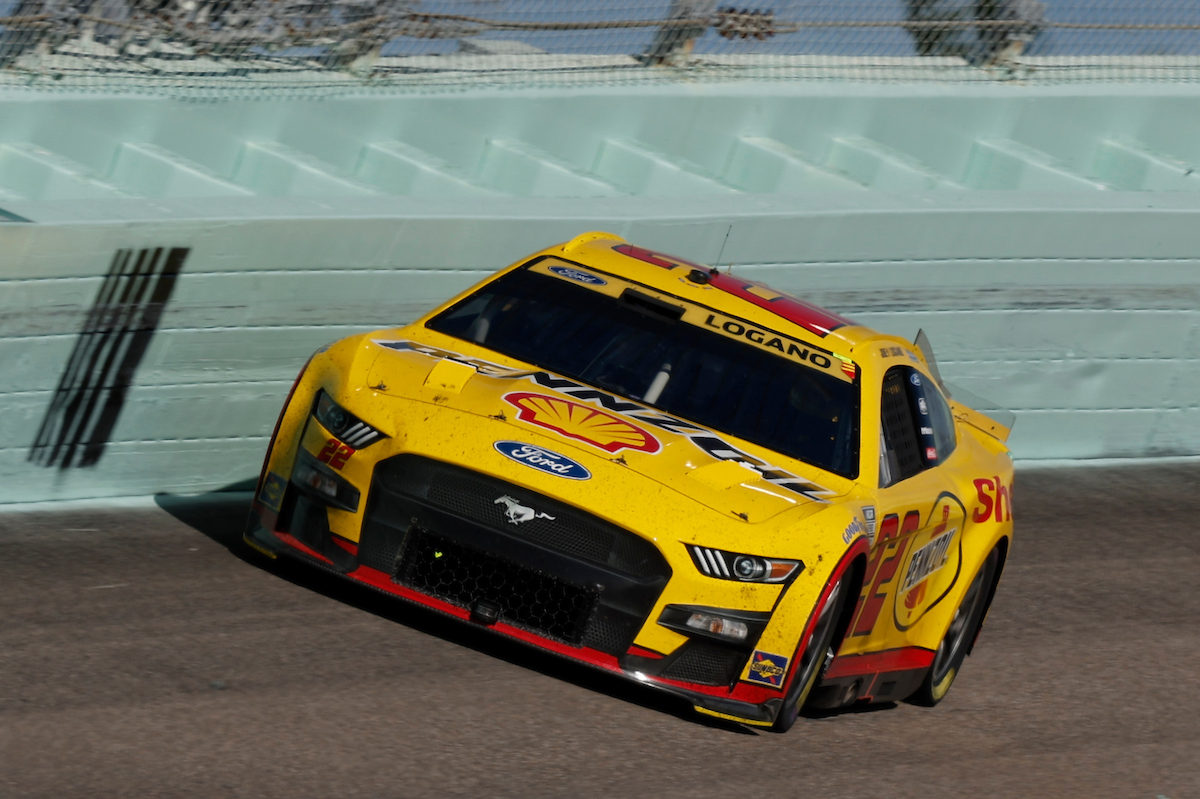Why Don’t NASCARs Have Airbags?
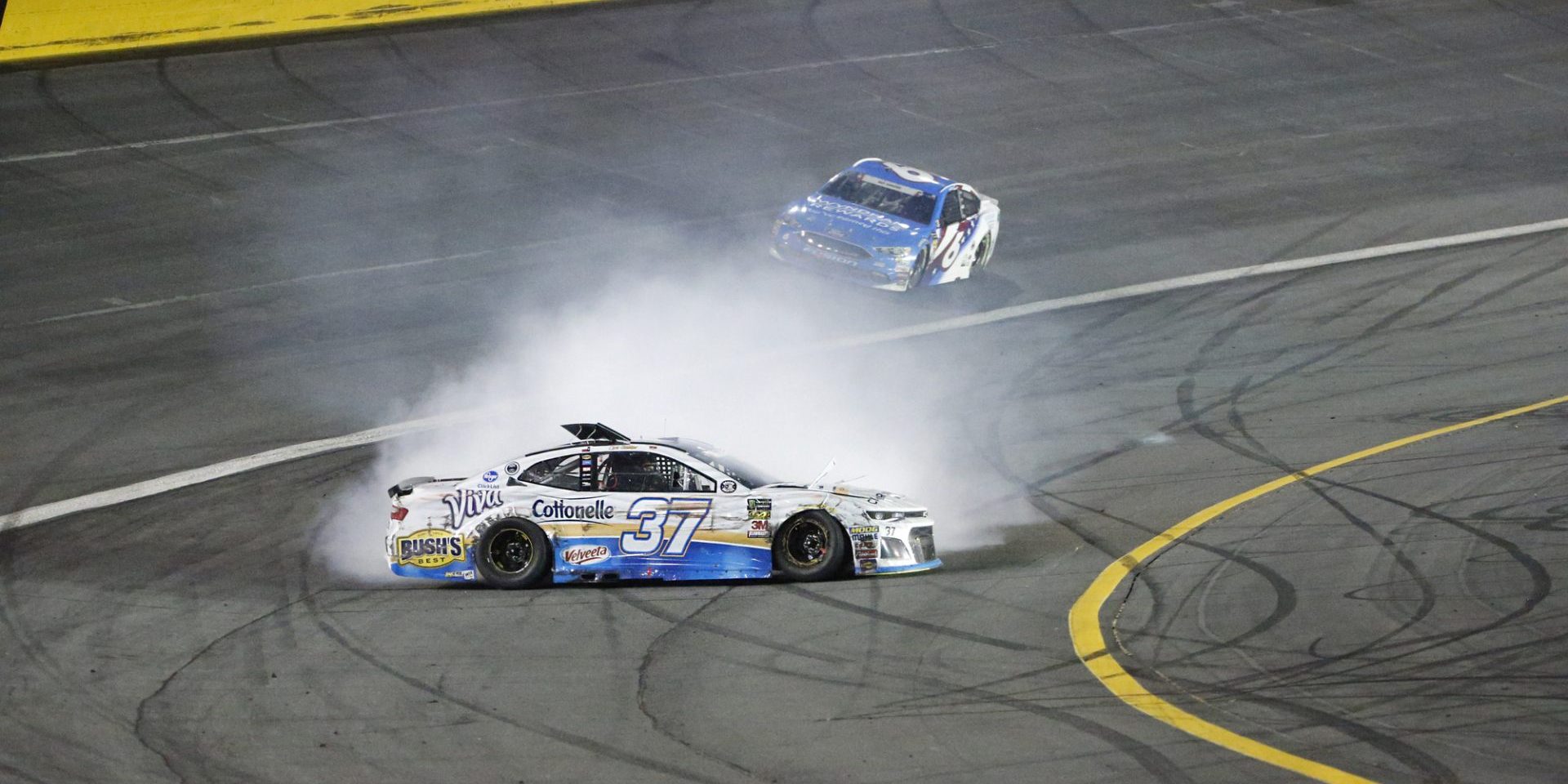
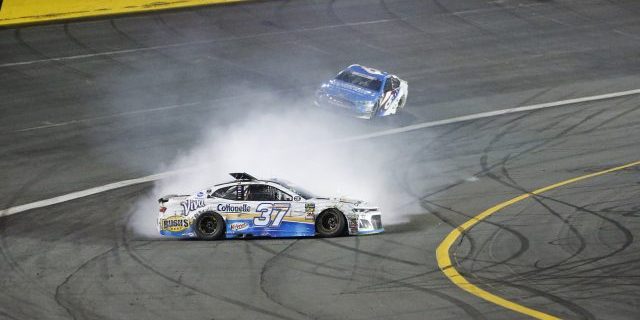
The absence of airbags in NASCAR vehicles stems from a deliberate design choice prioritizing other advanced safety measures. Unlike passenger cars, where airbags are essential for occupant protection, NASCAR race cars utilize an array of specific safety features tailored for high-speed racing conditions. Drivers are secured using a multi-point harness system, far more restraining than the standard seatbelt, holding them firmly in place during a crash and reducing the necessity for airbags.
In addition, NASCAR cars are equipped with the Head and Neck Support device (HANS), which protects against whiplash and related injuries by keeping the head and neck aligned with the spine upon impact. The interiors of these vehicles are also designed with roll cages that maintain the integrity of the cockpit, safeguarding the driver. These measures are in line with the unique requirements of motorsports where the likelihood of high-impact collisions occurring at extremely high speeds necessitates a different approach to driver safety.
Moreover, the potential activation of an airbag during a minor collision or its deployment obscuring the driver’s view could introduce additional risks on the racetrack. NASCAR has developed these specific protocols to ensure the drivers are adequately protected while allowing them to perform at the highest level of competitive racing. Consequently, safety in NASCAR is ensured not through airbags but through a specialized combination of bespoke safety equipment and stringent racing protocols.
Table of Contents
History and Evolution of NASCAR Safety
NASCAR’s commitment to driver safety has dramatically evolved from simple beginnings to highly sophisticated systems incorporating advanced technologies and rigorous standards.
Rise of Safety Measures
NASCAR’s journey toward enhanced safety began with rudimentary precautions but has since evolved into a series of rigorous safety standards. Richard Petty, a racing legend, was among those who advocated for better safety after experiencing dangerous incidents on the track. In the early days, measures were as basic as roll bars and seat belts. However, as vehicles became faster and crashes more violent, NASCAR introduced more comprehensive solutions. Among the significant advancements was the HANS device, a safety feature designed to reduce the risk of head and neck injuries in high-speed crashes. It supports the driver’s helmet and restricts neck movement during collisions, effectively saving lives and reducing severe injuries.
Influence of Notable Incidents
Tragic events have often spurred NASCAR to enhance its safety protocols. Perhaps the most pivotal incident was the loss of Dale Earnhardt, Sr. in 2001, which became a pivotal moment for NASCAR and its safety policies. His passing led to a renewed focus on driver protection and the mandatory implementation of the HANS device for all drivers. His accident, along with others, underscored the importance of continuous safety innovations. The cumulative effect of these incidents resulted in comprehensive research, development of advanced safety features, and strict adherence to safety protocols that protect both drivers and fans alike.
Comparison of Motorsports Safety
The safety measures employed in NASCAR, Formula 1, and IndyCar are tailored for the specifics of each motorsport, focusing on diverse aspects like vehicle design, speed capabilities, and type of racing circuits.
NASCAR vs. Formula 1
NASCAR safety revolves around stock car resilience to high-speed impacts, featuring reinforced roll cages and the adoption of the HANS device to prevent head and neck injuries. Airbags are absent due to the high frequency of impacts where rapid driver extraction might be necessary; instead, safety focus lies in flame-retardant suits, helmets, and extensive barrier systems at tracks.
Formula 1 has a more technological approach to safety, utilizing a monocoque chassis made from advanced carbon-fiber composites that provide a protective shell around the driver. Helmets are state-of-the-art, mandated to withstand substantial impact and fire. Although airbags are not used, a Halo protection system is prominent in Formula 1 to deflect debris and prevent head injuries during rollovers or collisions.
NASCAR vs. IndyCar
NASCAR shares common safety equipment with IndyCar, such as the use of helmets and fire-resistant clothing. The absence of airbags remains consistent, with safety features instead including SAFER barriers and catch fences tailored to oval tracks where wall impacts are more prevalent.
IndyCar employs the Aeroscreen for driver head protection, combining a ballistic windshield anchored to a titanium frame. Like Formula 1, IndyCar vehicles are equipped with a survival cell design; however, their safety features are specifically adapted for higher-speed oval track racing—focusing on energy absorption and dispersal upon impact.
Technical Aspects of NASCAR Safety
In NASCAR, safety technologies are advanced and specialized to meet the unique demands of high-speed motorsports, focusing on driver protection and vehicle integrity.
Engineering Behind Safety Design
NASCAR vehicles are engineered with a rigid roll cage that envelops the driver, providing a fortified structure to withstand high-impact collisions. The cage’s design employs a sophisticated network of steel tubing, ensuring the integrity of the cabin remains intact even under severe stress. Further incorporating advanced engineering, the chassis of a NASCAR car is built to be resilient yet absorb the energy produced during crashes, distributing it away from the driver to minimize the risk of injury.
- Key Features:
- Roll cage construction: high-strength steel tubing
- Chassis build: energy-absorbing design
- Seat mounting: fixed directly to the roll cage for stability
Material Science and Safety
Material choices in NASCAR are strategic, with carbon fiber being a primary component due to its high strength-to-weight ratio and energy absorption capabilities. It serves to construct seats and other interior parts that contribute to the driver’s safety in case of accidents. Additionally, the seats are tailored to each driver and incorporate energy-absorbing foam, which aids in reducing the forces transferred to the driver during high-speed impacts.
- Materials Used:
- Carbon fiber: for lightweight strength and energy absorption
- Energy-absorbing foam: for additional impact protection
The application of these materials showcases NASCAR’s adoption of advanced technology and engineering solutions to prioritize driver safety without compromising performance.
NASCAR Safety Features
NASCAR prioritizes driver safety through a range of specialized equipment, designed to reduce the risk of injury during high-speed impacts.
The HANS Device
Head and Neck Support (HANS): A critical safety feature in NASCAR is the Head and Neck Support device, commonly known as the HANS device. This equipment is tethered to the helmet and anchored to a shoulder-mounted collar, which is then secured over the driver’s shoulders. The HANS device is designed to restrict excessive head movement during crashes, thereby protecting the driver from serious neck injuries and potential basal skull fractures.
Impact of Roll Cages and Window Nets
- Roll Cages: Effectively acting as a shield for the driver, the roll cage is a series of tubular frames built into the chassis of NASCAR vehicles. Its primary function is to maintain cabin integrity in the event of a rollover, preventing the roof from collapsing and offering drivers greater protection.
- Window Nets: In combination with roll cages, NASCAR cars are outfitted with window nets on the driver’s side. These nets prevent the driver’s arms from flailing outside the vehicle during a collision and help to keep debris out of the cockpit.
Each of these features works in tangent with seat belts that utilize a multi-point harness system, securing the driver firmly in place to minimize movement and maximize protection within the vehicle during high-impact situations.
The Anatomy of a NASCAR Race Car
The design of a NASCAR race car is deeply focused on high performance and driver safety, with specific structures and safety devices built into its construction.
Chassis and Cockpit Design
The chassis of a NASCAR race car is constructed to provide strength, flexibility, and safety. The roll cage, a steel framework, encloses the driver’s compartment, reinforcing the car’s structure to withstand high-speed impacts. The cockpit itself is designed with the driver’s ergonomics in mind, ensuring that all controls are within easy reach and visibility is maximized. Seats are custom-molded for each driver to provide support during the race and minimize movement during a crash.
Safety Implementations in Car Components
Safety features in NASCAR vehicles are meticulous in their purpose. Drivers are secured with a multi-point harness system, which vastly reduces the risk of injury during collisions by holding them firmly in place. HANS devices (Head and Neck Support) are mandatory, and they connect the driver’s helmet to the harness to prevent excessive neck movement. To prevent liftoff during crashes, roof flaps deploy to disrupt airflow, reducing the likelihood of the car becoming airborne. These components are essential in maintaining the safety of the driver, effectively acting in place of airbags found in consumer vehicles.






